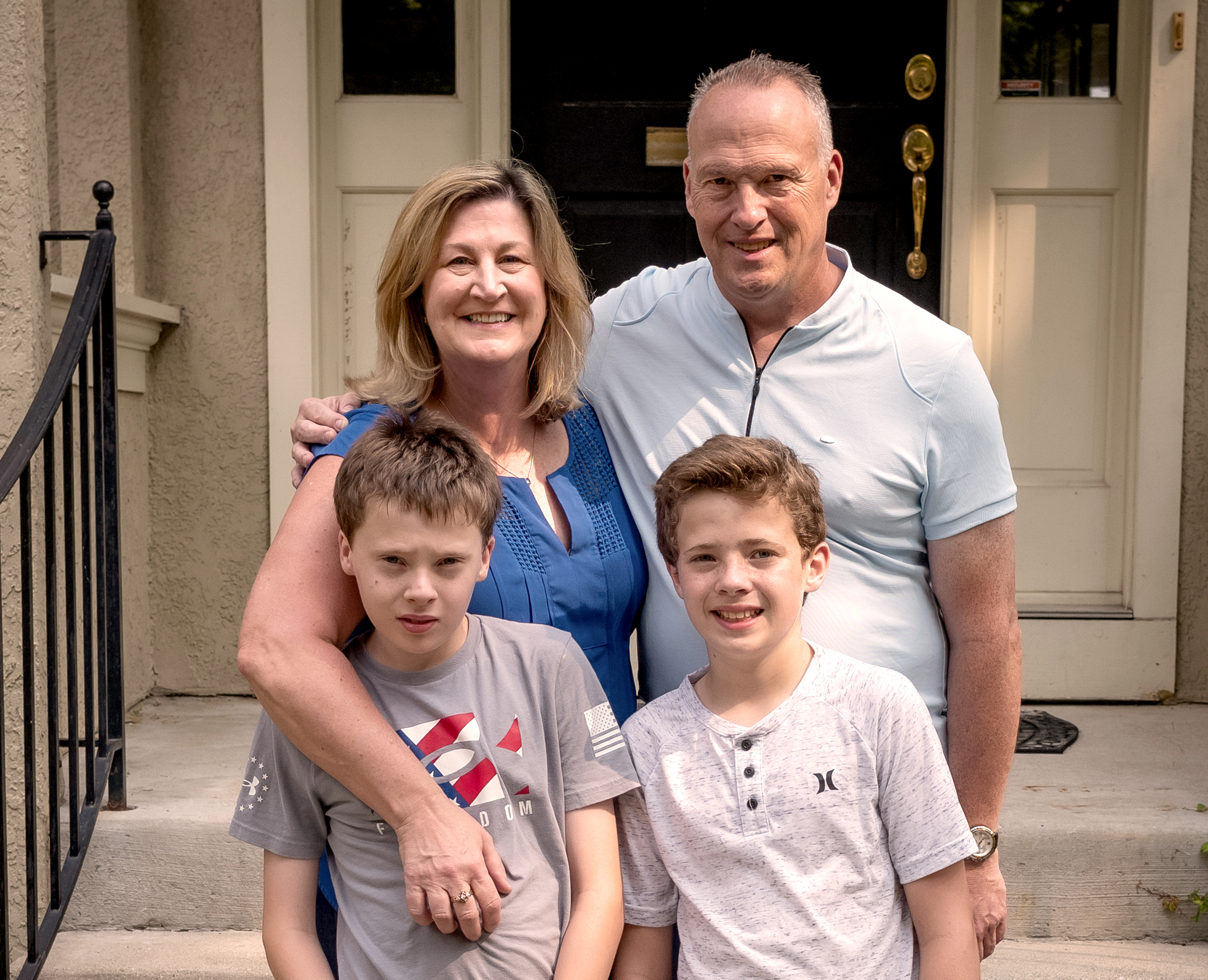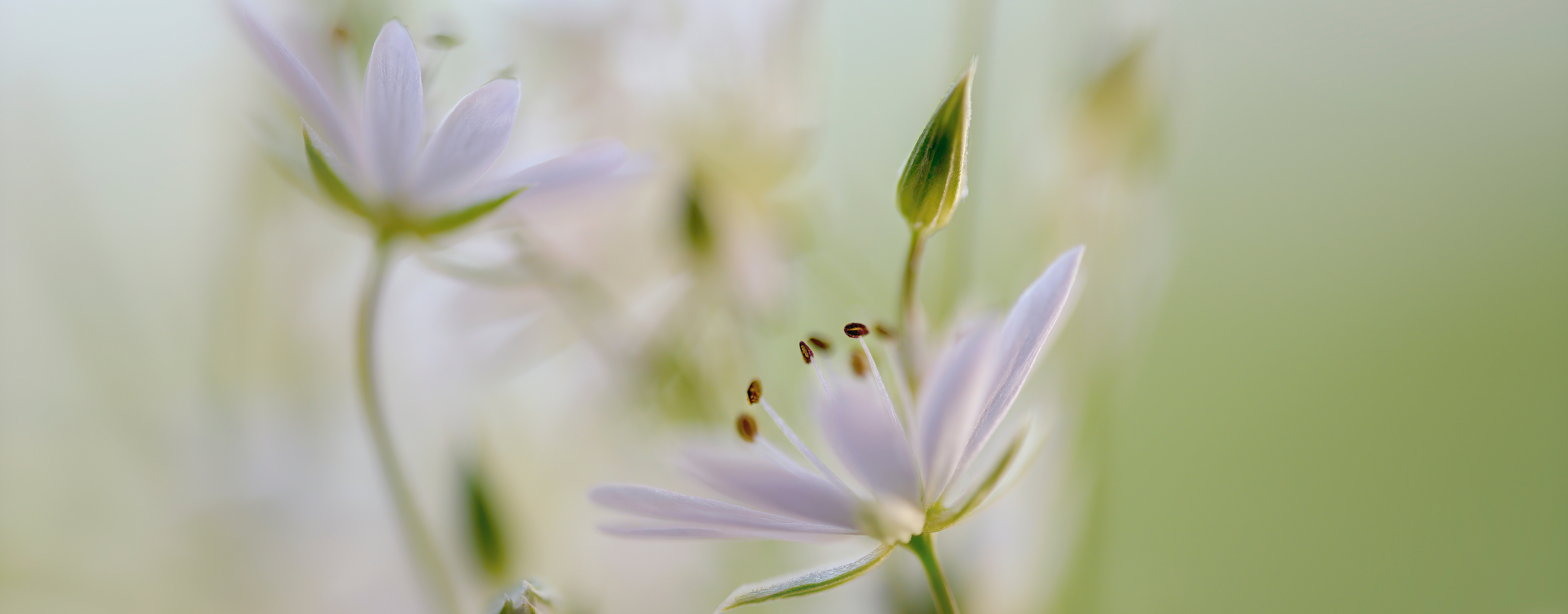Within our diverse Jewish community, Jews observe many different Jewish rituals and mourning practices, some dating back thousands of years, some more recent in origin (see here for some newer rituals). Observances also vary from place to place and from family to family. It is not our intention to prescribe what anyone should or should not do. Rather, it is our hope that sharing information about Jewish rituals and practices will help you as you grieve the death of your loved one. A rabbi or cantor can help you learn more as you decide which rituals and practices you wish to observe.
Jewish tradition defines several stages of mourning:
Aninut is the period from the moment of death until the burial.
- In Jewish life we say many blessings. Upon hearing the news of a death, the classic blessing is Baruch Ata Adonai, Eloheinu Melech HaOlam, Dayan HaEmet. Blessed are you God, King of the Universe, the True Judge. This recitation is our first step to acknowledge the person has died. Sometimes this prayer is recited at the start of the funeral.
- Judaism teaches that honor, respect and caring for a person who has died is one of the greatest mitzvot (commandments). It is Jewish practice to bury the deceased as quickly as possible to provide comfort for their soul and expedite the person’s journey to the Next World. It also allows the mourning process for the survivor to begin.
- According to Jewish tradition, a mourner is the son, daughter, sister, brother, mother, father, or spouse of the deceased. From the moment of death until the burial, each of these immediate relatives is considered an onen, with responsibilities only to attend to the practical necessities of arranging for the funeral.
- Jewish funerals generally take place as soon after death as possible. If you wish, the funeral director can instruct a Sacred Burial Society (hevra kaddisha) to prepare the body for burial, performing a ritual purification (tahara) and dressing the body in shrouds. This last act of caring is called a chesed shel emet, an ultimate kindness, that cannot be repaid.
- Families who wish to consider cremation can speak with their rabbi or Jewish funeral director for guidance.
- The funeral service can be held at a synagogue or funeral home, followed by burial at the cemetery. Some mourners choose to hold the funeral in the cemetery beside the grave. Your rabbi, cantor and/or family members may share eulogies, poems and/or other readings, as well as the El Maleh Rahamim (God Full of Compassion) prayer and other liturgy.
- Mourners traditionally tear their clothing or tear a small piece of black cloth provided by the rabbi or funeral director while reciting Baruch Dayan Emet, God is the True Judge. This symbolic tearing represents the end of the physical relationship between the mourner and their loved one, while emotional and/or spiritual relationships continue.
- If the funeral is held in a synagogue or funeral home, pallbearers escort the deceased from the funeral to the hearse and then from the hearse to the grave upon arriving at the cemetery.
- It is customary for mourners to shovel earth into the open grave after the casket is lowered. According to one custom, mourners use the back of the shovel at first, to demonstrate reluctance and that the shovel is not being used for its usual constructive purpose. In some communities, each mourner replaces the shovel back in the earth rather than hand it directly to the next person; others find it comforting to give the spade to the next person, acknowledging the shared nature of the task.
- In the Chicago area, most cemeteries require a concrete vault in the grave.
Shiva, meaning “seven” in Hebrew, is the week of mourning following the funeral.
- Traditionally shiva is observed for seven days, with a pause for Shabbat (the Sabbath, from sundown Friday until nightfall Saturday). Some mourners choose to observe shiva for a shorter number of days. Shiva may be shortened with the onset of some Jewish holidays. A rabbi or cantor can guide you on the number of days to sit shiva and guide you in designating specific times for members of the community to visit and offer condolences.
- When families live in different communities, they may choose to sit shiva all together in the same place, sit shiva together in alternating locations, or sit shiva separately in their own communities.
- Families may also wish to designate one or more times for shiva on a video conference platform like Zoom or GoogleMeet in order to be comforted by family and friends who cannot be present in person.
- A meal for the mourners is often provided upon their return from the cemetery. The meal usually includes food that are round such as bagels or rolls and hard-boiled eggs. These foods symbolize the cycle of life. The meal is typically prepared by someone other than the mourners themselves.
- It is customary to place a pitcher of water, a bowl, and towels outside the door of the house on the first day of shiva for a ritual hand washing for those coming from the cemetery.
- Jewish funeral homes will provide a memorial candle to be lit at the start of shiva. This candle is large enough to remain burning for the entire week. Unlike candles lit at the start of Shabbat and Jewish holidays, there is no blessing recited when the memorial candle is lit.
- Religious services are frequently held in the house of mourning during shiva, allowing mourners to acknowledge their grief and recite the Mourner’s Kaddish, a prayer affirming God’s presence in the world.
- During shiva, many Jewish mourners refrain from haircuts, shaving, laundry, washing/grooming and wearing leather shoes. They may cover the mirrors in their homes as a reminder that the focus is on their mourning and not their appearance.
- Some mourners may refrain from entertainment on computers, television and the radio, reflecting that shiva is not “business as usual”, but a time to allow oneself to grieve with the support of the community, while others find music and other forms of entertainment to be comforting.
- While receiving visitors, mourners may be sit on special chairs or other seating that is lower than usual. This is yet another graphic reflection of the low feelings present within those who are bereaved.
- Some mourners welcome hearing and sharing stories and anecdotes about their loved one. These stories can be shared over the course of shiva and into the weeks and months beyond.
- As family and friends leave shiva, they may offer these words of comfort to the mourners, hamakom yinachem et-chem b’toch sh’ar avelei tzion v’yerushalayim (may you be comforted among the mourners of Zion and Jerusalem). You may ask a friend to print out these traditional words of comfort, as making the language and translation available makes it easier for family and friends to offer these words to you.
- As part of the synagogue service on the final day of Passover, Shavuot and Sukkot, and on Yom Kippur, special yizkor (memorial) prayers for deceased relatives are recited. Many Jews attend synagogue services at these times to recite the yizkor prayers. A special 24-hour candle is also customarily lit on these days, without a blessing. Some families light one candle for each beloved deceased family member, while others light one candle for all those they are remembering.
Shloshim meaning “thirty” in Hebrew, is the first month of mourning following the funeral.
- After shiva mourners customarily resume some of their regular daily activities, but may refrain from attending parties, listening to live music or engaging in other forms of public entertainment. Mourners may continue to say kaddish daily. Currently some synagogues are holding services on Zoom or via livestream; mourners who are unable to be in person may wish to participate online to say kaddish.
- At the conclusion of shloshim, the traditional formal mourning period ends for a bereaved spouse, parent and sibling. According to classic Jewish practice, those mourning the death of a parent continue reciting Mourner’s Kaddish for eleven months (including the first month).
- Some mourners mark the end of shloshim with a special service or ceremony at which the mourner or family members speak about the deceased. Also, if there is to be a public memorial service, it may be held at the conclusion of shloshim. The memorial service may include several speakers and music or poetry that might not have been included in the funeral service.
- The unveiling is a formal ceremony following the placement of the matzevah, the gravestone, at the cemetery.
- Customs differ, but the unveiling is generally held any time after shloshim and up to a year after burial.
- The ceremony is very brief, usually consisting of some psalms and readings, a few words about the deceased, the removal of a covering from the stone, and the reciting of the El Malei Rachamim, and Mourner’s Kaddish prayers. Although clergy are not required for the unveiling, a rabbi or cantor can assist you in putting together a service to mark the occasion and can officiate and provide comfort along with other friends and relatives.
- Some family and friends find it meaningful and/or comforting to visit the graves of loved ones before the High Holidays and at other times during the year. Small stones are often placed on the gravestone to mark the visitor’s presence. The origins of this custom are not clear. Some say this harkens back to biblical days when a pile of stones served as a grave marker. Others say that placing stones on the grave is a reminder of the destruction of the Temple in Jerusalem, while still others say that stones are used because they are inert, non-living things and thus last forever, as do our memories of our loved one. Another answer takes it cue from the inscription on some gravestones. The Hebrew abbreviation taf-nun-tsadi-bet-hey stands for “teheye nishmato tsrurah b’tsror ha- chayyim,” a phrase usually translated “May his/her soul be bound up in the bonds of eternal life.” Tsror in Hebrew means a pebble. When we place a small stone on the grave, we are asking God to bind the soul of our loved one in the bonds of eternal life.
Yahrzeit is the yearly anniversary of a loved one’s death.
- Traditionally observed on the date of death on the Hebrew calendar, some find it more meaningful to observe the yahrzeit on the anniversary of the date of death on the Gregorian calendar. A 24-hour yahrzeit candle is customarily lit in memory of the deceased. While there is no blessing recited upon lighting this candle, you may wish to recite a poem, share a song, or place a photo of your loved one near the candle. Mourners may observe the yahrzeit by attending synagogue services in person or online to recite the Mourner’s Kaddish. Some also engage in special periods of study and acts of kindness in memory of the deceased. Visiting the grave of the deceased on or around this time may bring comfort; ask a friend or other family member to join you on your visit to the cemetery if you do not wish to go alone.

We're Here
to Help.
For assistance or more information, call us at 855.275.5237 or email us at Ask@JCFS.org.



 Back
Back